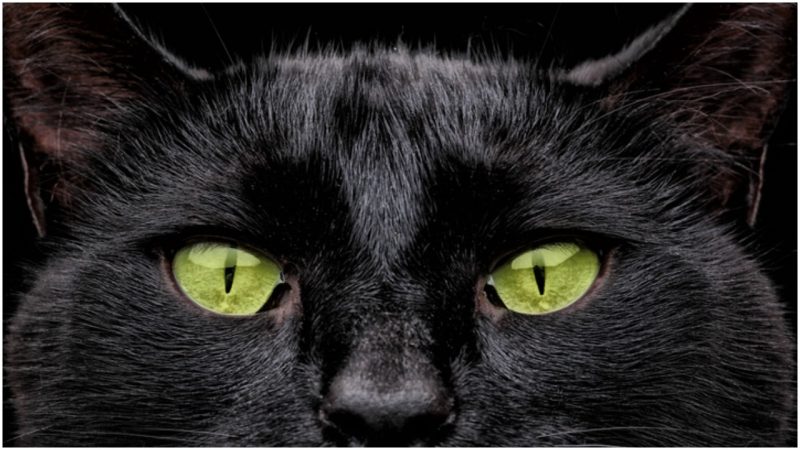Today, cats are arguably the most-loved animals on the internet, with countless memes, videos, and images devoted to these furry feline creatures.
It’s hard to imagine a time when cats were not universally loved and adored.
However, in Western Europe, during the Middle Ages, the humble cat was one of the first victims of the early Medieval Inquisition.
In the 12th and 13th centuries, a wave of concern over the presence of witchcraft and heresy spread through the Latin West.
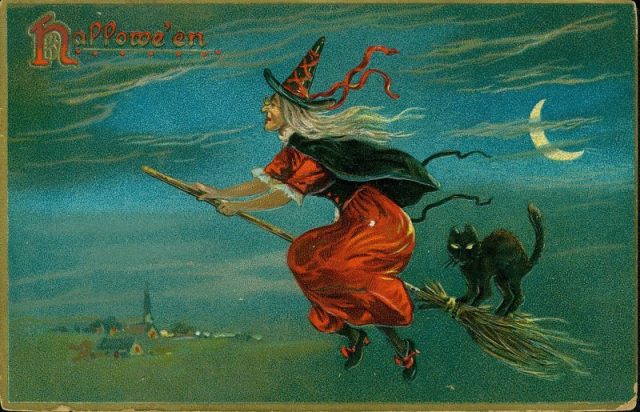
Cats came to be seen as a symbol of witchcraft, and even as the embodiment of Satan himself.
Where once these creatures had been common household animals, they were now regarded as dangerous, unpredictable and demonic.
They were shunned, persecuted and often killed by people who feared that they would open the door to the devil.
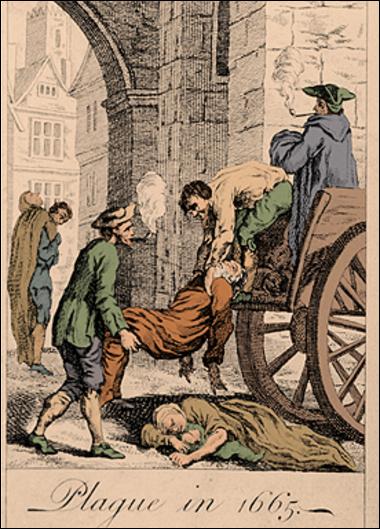
But how did the cat come to be so strongly associated with devil worship? According to History Collection, in the early 13th century, successive Popes began to be extremely concerned about the presence of heresy in Christian society.
In 1209 Pope Innocent III preached a crusade against the Cathars of Southern France, resulting a period of intense violence and religious persecution. But the Cathars were not the only group whose practices were branded as devil worship by the Catholic Church.
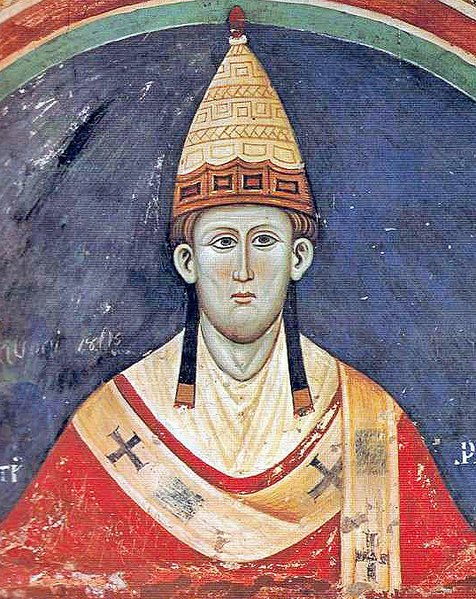
In the early 1230s, the new Pope, Gregory IX, turned his attention north to Germany. He appointed a High Inquisitor, Conrad of Marburg, to investigate claims that groups of witches were organizing satanic rituals and threatening the sanctity of the faith.
Conrad took his duties very seriously and employed brutal methods to extract confessions from would-be heretics.
He reported his findings to Gregory, who was appalled at the anti-Christian beliefs and practices that had spread throughout Germany.
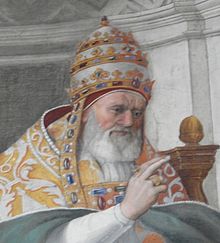
Pope Gregory IX
Gregory responded by issuing a papal bull, known as Vox in Rama. This document condemned the devil-worship taking place in Germany, describing the satanic rituals and heretical practices in salacious detail.
According confessions extracted from these Luciferians, new initiates to the cult were expected to kiss the behind of a toad before paying homage to a black cat, which they were also expected to kiss.
At the end of the ritual, a strange half-man, half cat appeared, taken to be the embodiment of the devil himself.
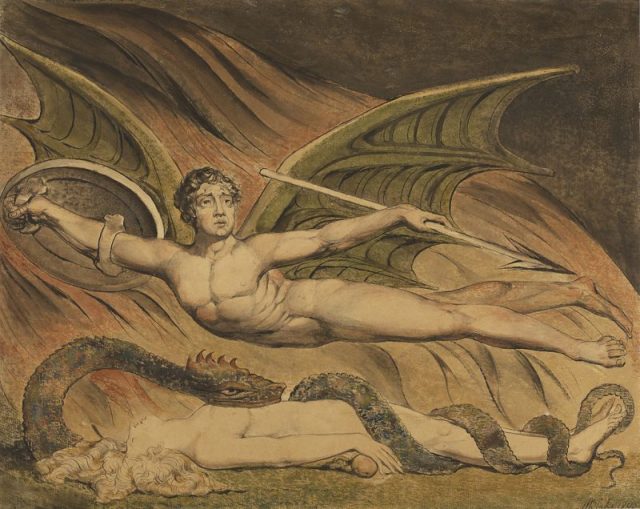
According to History Collection, Vox in Rama firmly established the association between cats and the devil in Christian culture.
However, the description of the devil as a black cat tapped into already deep-seated cultural beliefs about the nature and symbolic significance of cats in pagan religions.
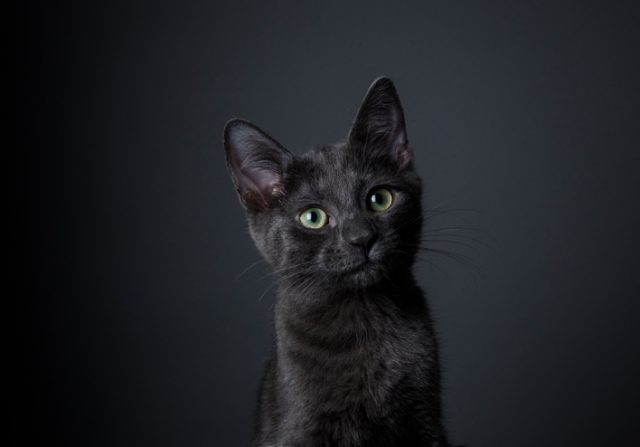
The Egyptian goddess Bast was represented by a cat, as was the Greek goddess of the underworld, Hecate.
The strong presence of cats in pre-Christian religions positioned them as antithetical to Christian belief. In addition, cats were often described as cruel, vindictive creatures that could not be tamed like other domestic animals.
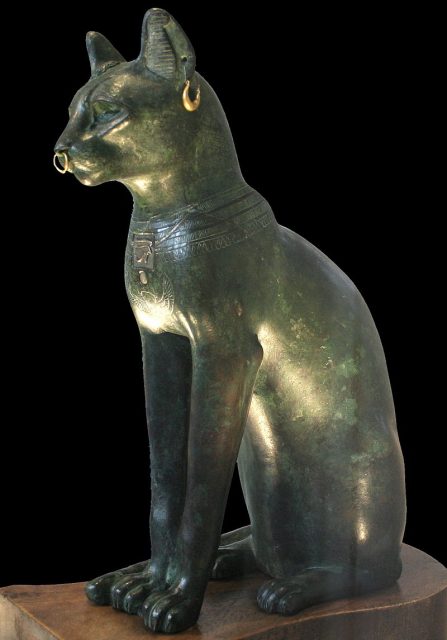
They were observed playing with their prey, torturing mice before finally finishing them off, and this fed the popular belief that they were unpredictable and wicked.
According to historian Irina Metzler, cats were already regarded as inherently linked to heresy, wildness and anti-Christian beliefs.
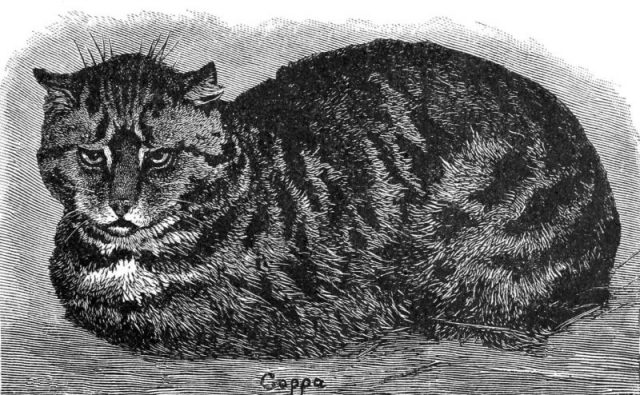
This may have also been due to the acceptance of cats in Islamic societies. Medieval Muslims admired cats for their cleanliness and they had been well treated by the Prophet Muhammad.
This may have contributed to the notion that cats existed outside the Christian social order. In the late 12th century, many people began to believe that killing or torturing a black cat was a good method to break spells and curses.
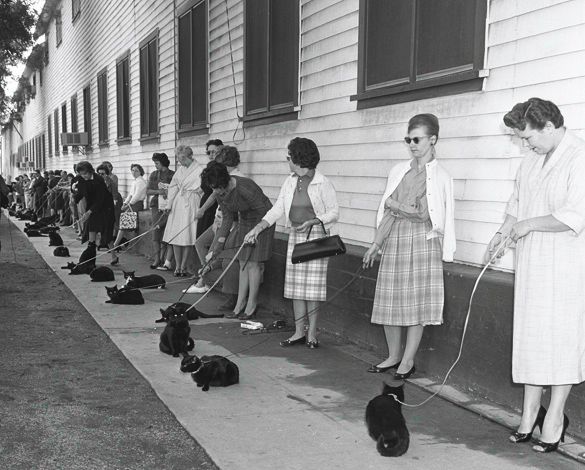
The widespread cat massacres that followed Vox in Rama have also been suggested as an indirect cause of the Black Death, the plague that spread through Europe in the 14th century.
The lack of cats led to an increase in rats and mice, which were alleged to have spread the plague.
However, this argument is insufficient to account for the Black Death, which was spread by fleas that could have been carried on any humans or animals. Although the cat population diminished radically, they were not completely wiped out.
Read another story from us: Amazingly Well-Preserved Ice Age Horse Discovered in Siberian Permafrost
The heresy trials that accompanied the promulgation of the Vox in Rama was a frightening precursor to the Inquisition, in which tens of thousands of people were put to death. The massacre of cats in the early 13th century was simply the beginning of a very dark and terrifying period in Christian history.
